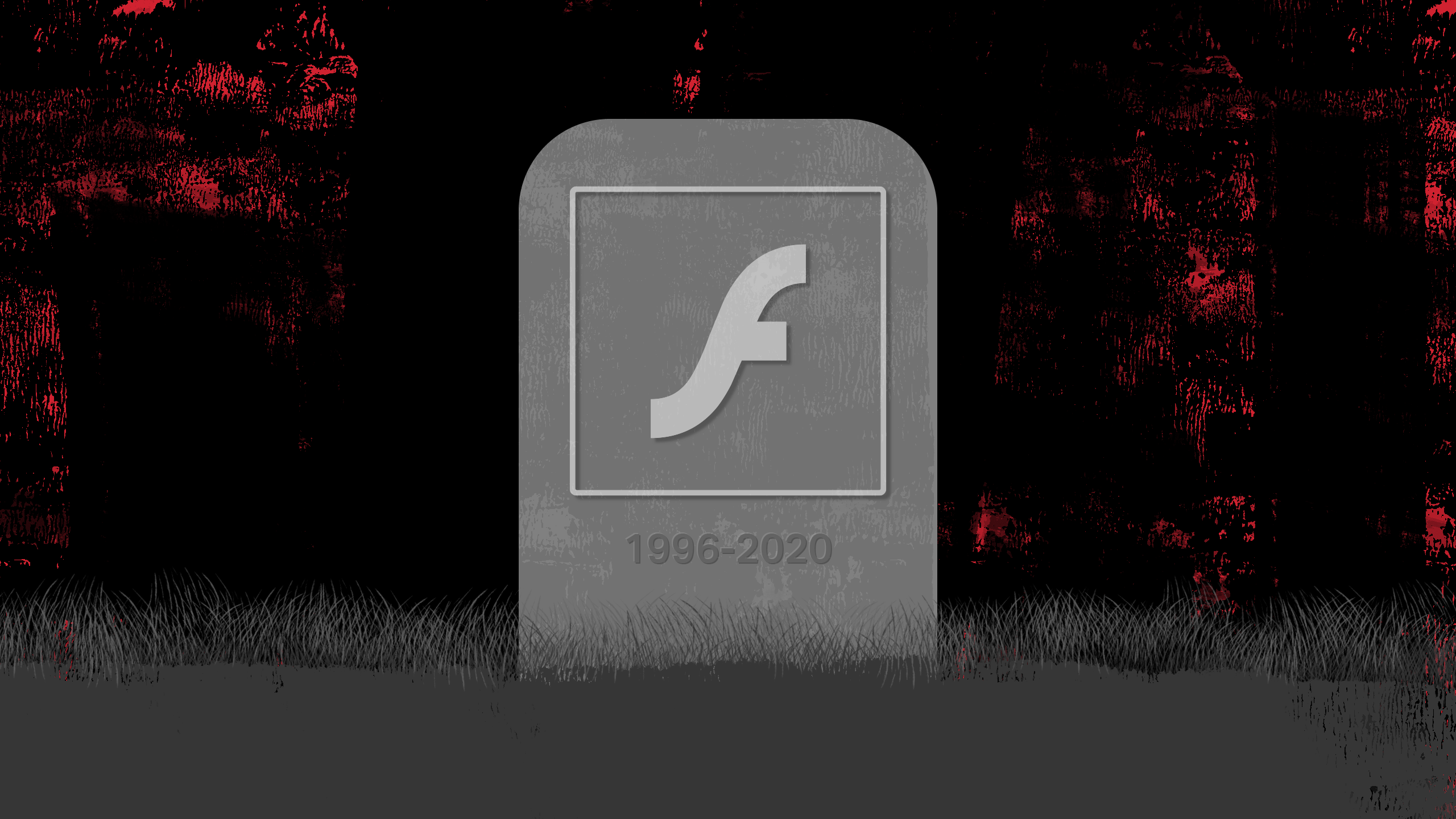

- #ALTERNATIVES TO ADOBE FLASH PLAYER FOR WINDOWS HOW TO#
- #ALTERNATIVES TO ADOBE FLASH PLAYER FOR WINDOWS INSTALL#
- #ALTERNATIVES TO ADOBE FLASH PLAYER FOR WINDOWS UPDATE#
- #ALTERNATIVES TO ADOBE FLASH PLAYER FOR WINDOWS WINDOWS 7#
The Block and Allow lists will be available after you visit a site that uses Flash. Set the toggle on for the Ask before running Flash option. In the left navigation, select Site permissions.
#ALTERNATIVES TO ADOBE FLASH PLAYER FOR WINDOWS HOW TO#
Here’s how to allow or block Flash permanently for individual websites:

Other browsers like Google Chrome, Mozilla, and Safari are also planning on removing Adobe Flash in the same timeframe.įor more information about the end of Flash support, see Adobe Flash end of support on December 31, 2020. Microsoft plans to remove Flash from Windows entirely by the end of 2020.īecause Flash will no longer be supported after 2020, it is turned off by default in the new Microsoft Edge. It remains to be seen how the Flash Player developer chooses to deal with this problem.Note: Adobe Flash will no longer be supported after 2020.

It is not currently known whether Adobe is working to solve the problem for the current version, or if they’re just going to sweep it under the rug and release 27.0.0.180 as a Live iteration. Users that want to be able to fully use Flash as well as their browser while they navigate online are recommended to give the 27.0.0.180 Beta version a try Those that use this version of Adobe Flash Player claim that they have no problems with crashes or system instability. It sure sounds strange but it has been found that the aforementioned Beta version is more stable than the current Live version. This is taking it to the completely opposite extreme, going from an outdated version to what’s considered beyond current date versions.
#ALTERNATIVES TO ADOBE FLASH PLAYER FOR WINDOWS INSTALL#
Users can also install the latest version of the software, which is the 27.0.0.180 BETA version. Luckily, a very helpful discovery has been made and it looks like there is another option. Putting security at risk just so the service doesn’t crash altogether can be considered a pretty bad deal for users. Sure, it might solve the problem, but it would still be inconvenient since it would mean that users have to use an outdated version of the service. Doing this will take care of the issue with Internet Explorer crashing, not to mention that websites with Flash content will also be fully functional again since users don’t have to disable the Shockwave Flash Object service from their browser. It looks like users that either have the 27.0.0.159 version of Adobe Flash Player or the 27.0.0.170 version can roll back to the previous, 27.0.0.130 version of the system. To be more specific, it has been found that the issue can be stomped completely by rolling back to a previous version of Adobe Flash Player. The good news is that a new solution has been found for those dealing with this problem. It is understandable how this “fix” could be seen as inconvenient since users fix the problem but have to give something else up in exchange. While it does solve the problem of Internet Explorer crashing frequently, it creates another problem in the fact that sites with content which requires Flash will not be that responsive. Users have been finding moderate success with disabling the Shockwave Flash Object service from the browser.
#ALTERNATIVES TO ADOBE FLASH PLAYER FOR WINDOWS WINDOWS 7#
Windows 7 users claim that the browser would crash when visiting different sites, and this lead to a helpful workaround being found.
#ALTERNATIVES TO ADOBE FLASH PLAYER FOR WINDOWS UPDATE#
This was the case for Internet Explorer and its relation with Flash Player, after the installation of the October 2017 update from Microsoft. Sometimes, updated will do more than just fix problems, but create new ones.


 0 kommentar(er)
0 kommentar(er)
